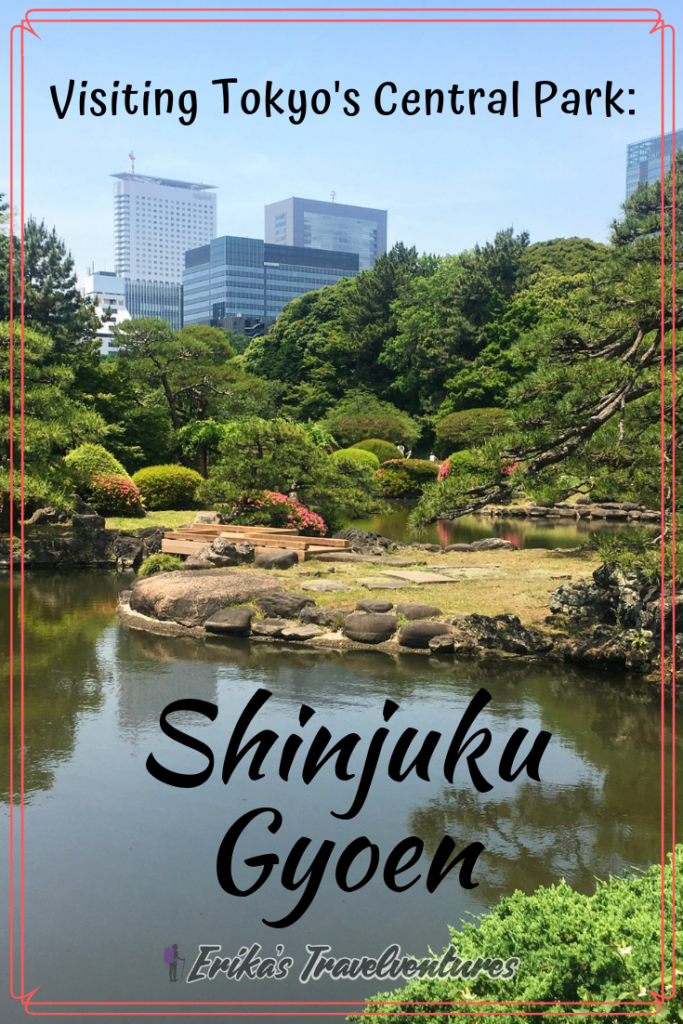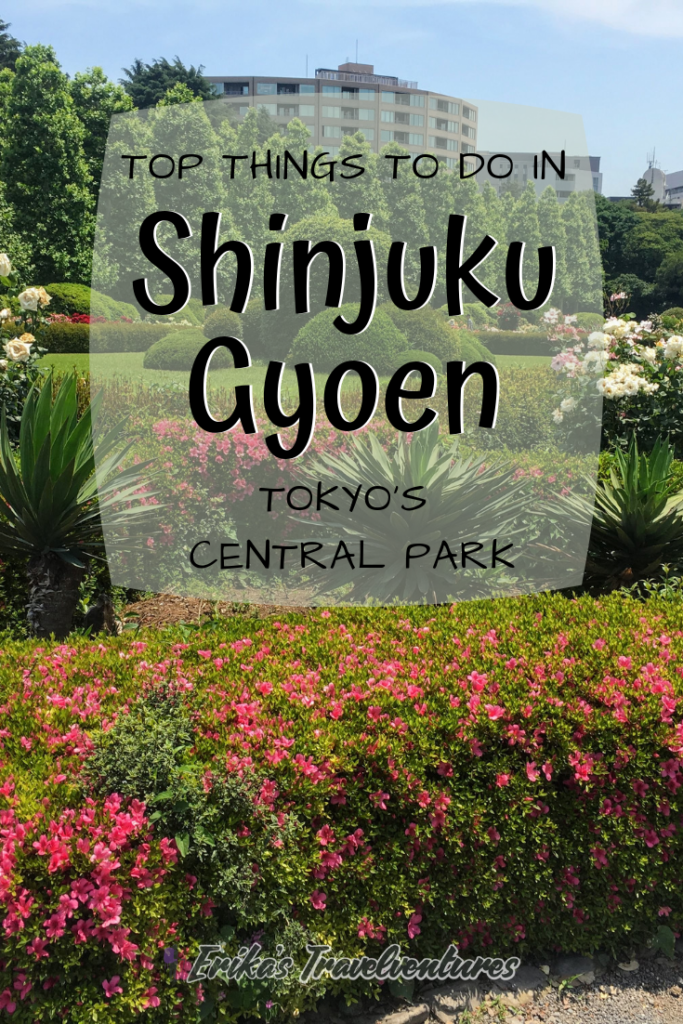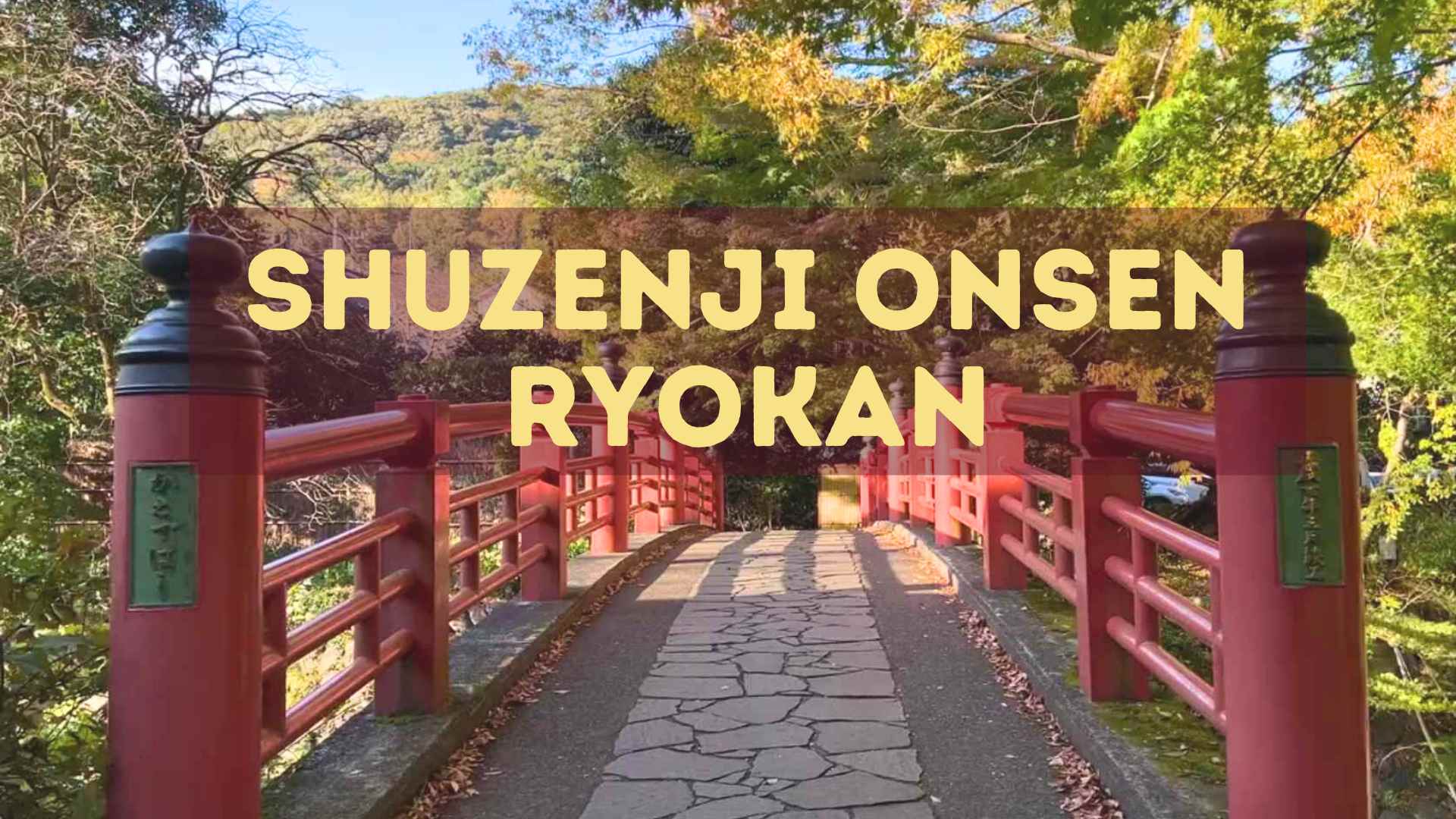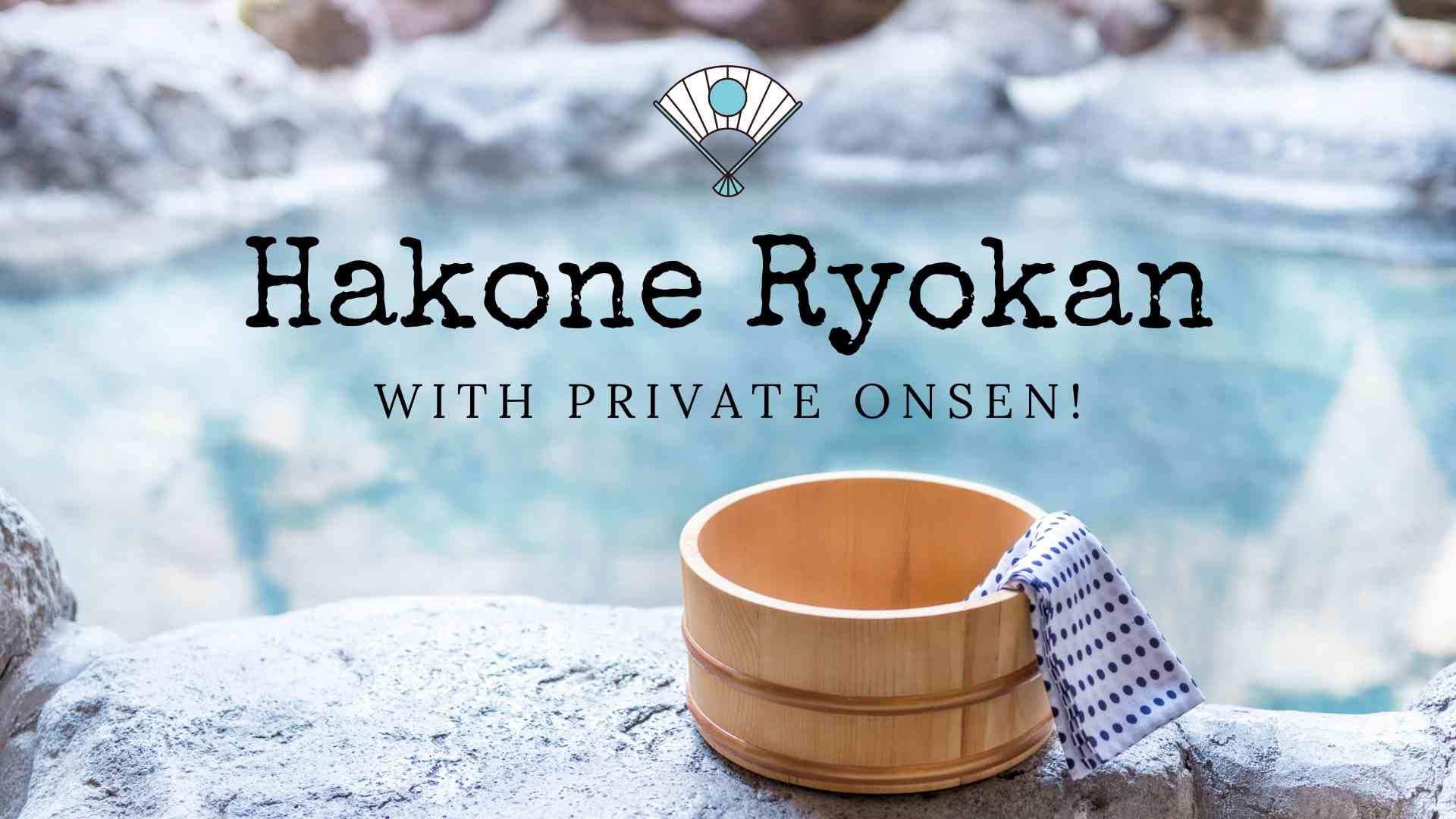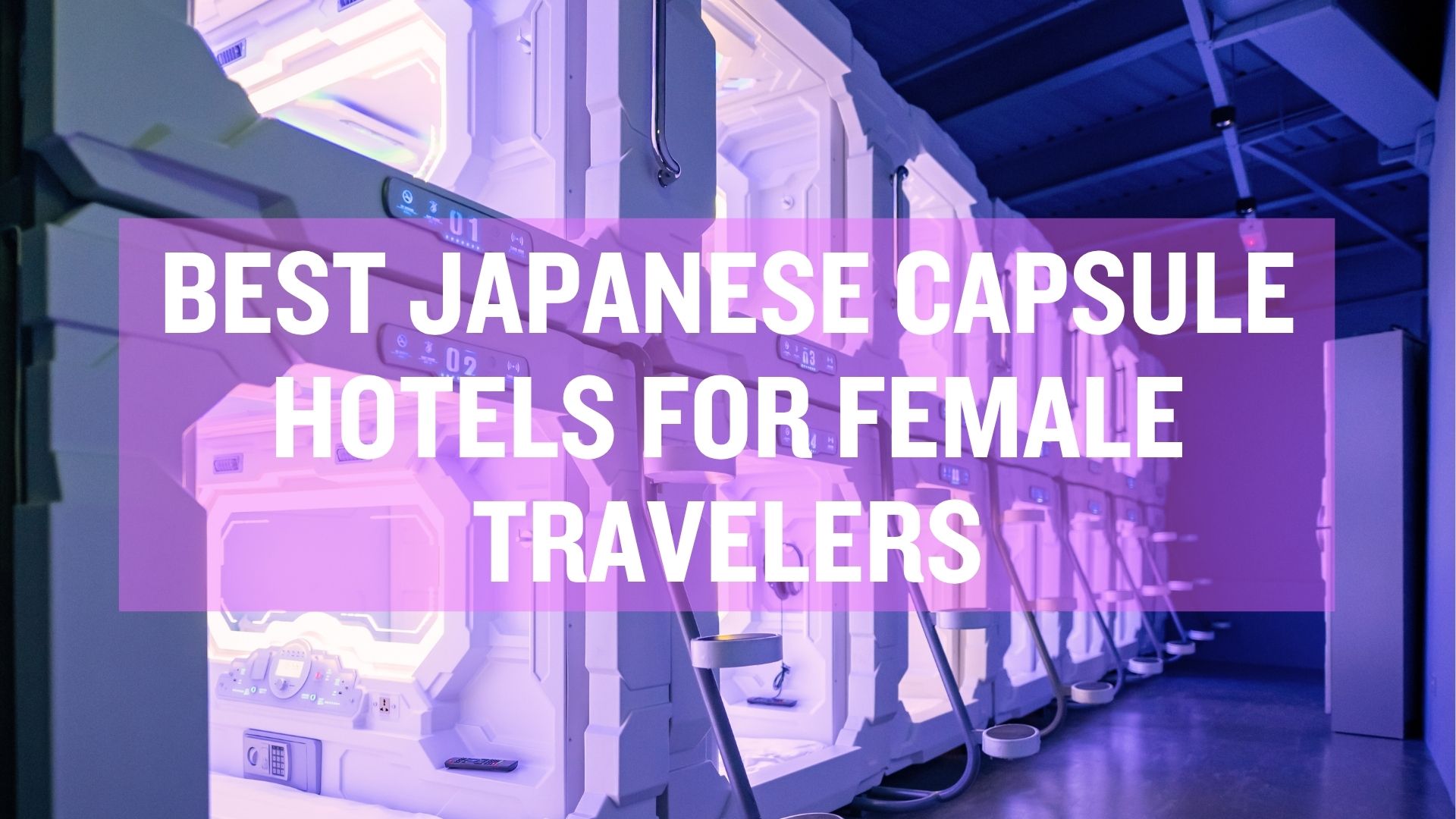Shinjuku Gyoen is to Tokyo what Central Park is to New York. It’s place for locals and tourists alike to enjoy the outdoors, relax with friends, and escape from the city for a couple hours.
Because its Tokyo’s “Imperial Garden”, the quality of the park, its cleanliness, and facilities are top-notch!
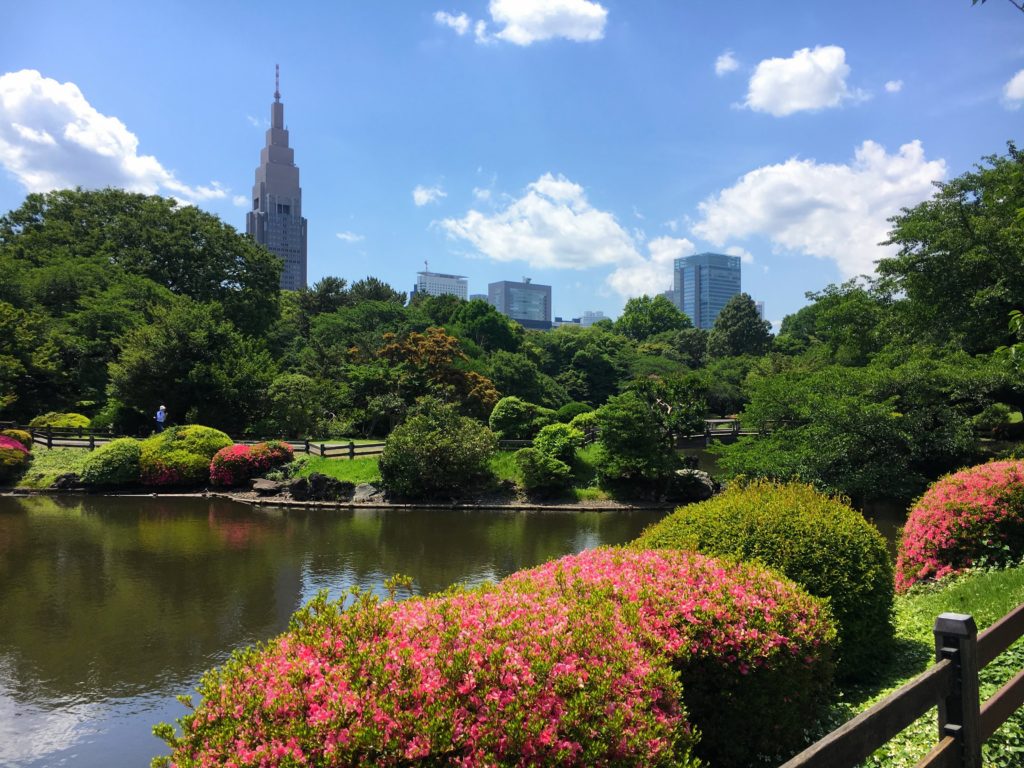
The History of Shinjuku Gyoen
- 1590 – The Shinjuku Imperial Garden was given as a gift from one ruling family to another.
- 1872 – The massive greenhouse on the property was built when Japan wanted to increase agricultural research
- 1906 – The garden was completed to look mostly as it does now, for use only by the Imperial families
- 1949 – Shinjuku Gyoen was opened to the public as a national park
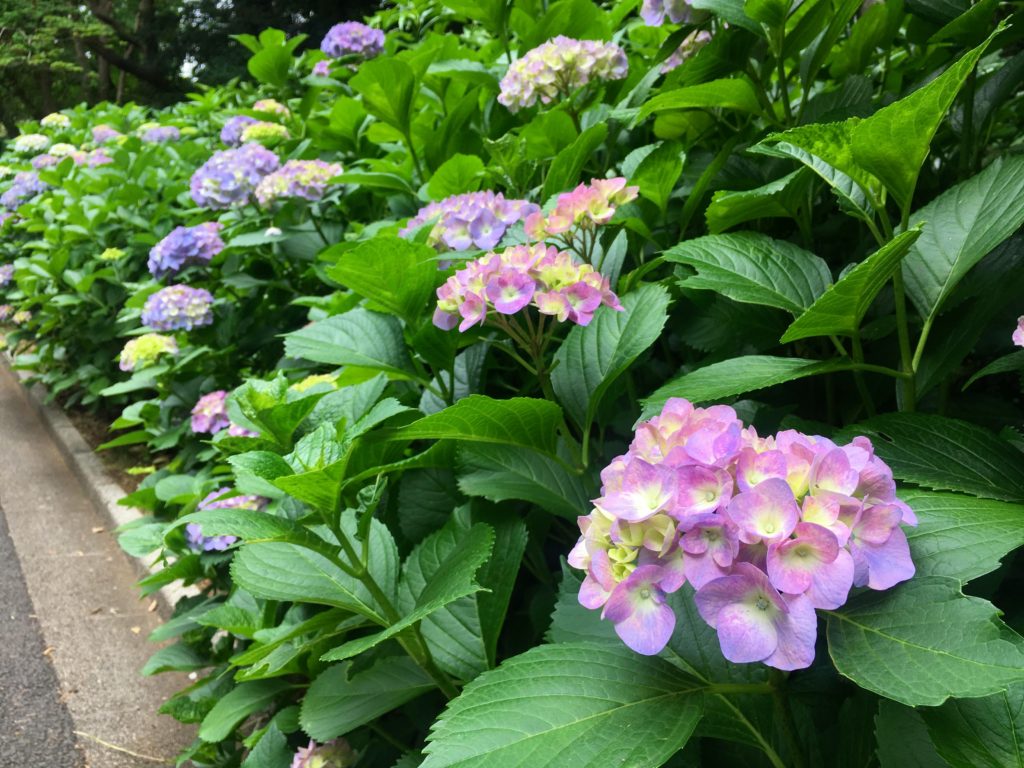
How to get to Shinjuku Gyoen
Northwest – Shinjuku Gate
Shinjuku Gyoen is most commonly accessed from the Shinjuku side – it’s right next to Shinjuku Station after all.
Northeast – Okido Gate
South – Sendagaya Gate
Park Entrance Fees
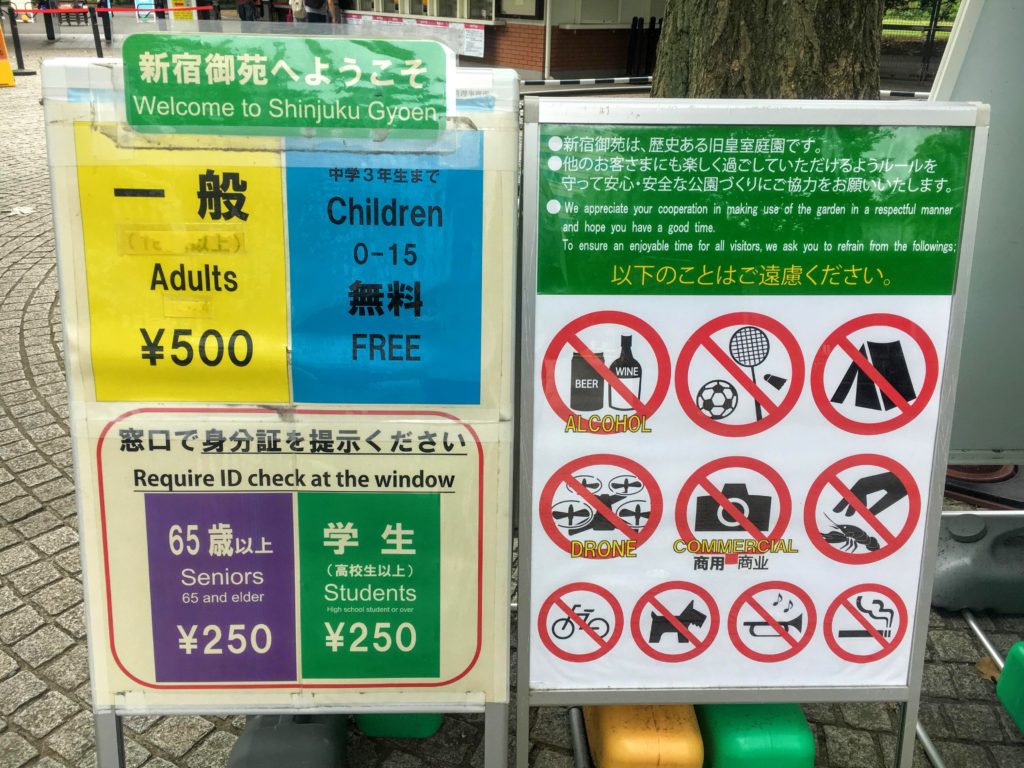
Some people may be surprised about the fact there is an entrance fee to the park. And 500 yen at that!
Part of the reason for this fee is because there is a LOT of work going into the upkeep of this park and all of its facilities. Shinjuku Gyoen is technically part of the Imperial family’s property so it stays looking immaculate.
For the one-time fee, if you spend time in their greenhouse, admiring the Japanese garden, chilling in their rest house, having a picnic in the wide open space, and using their super clean restrooms… I promise 500 yen is worth it.
As of March 2019, the following are the fees to enter Shinjuku Gyoen:
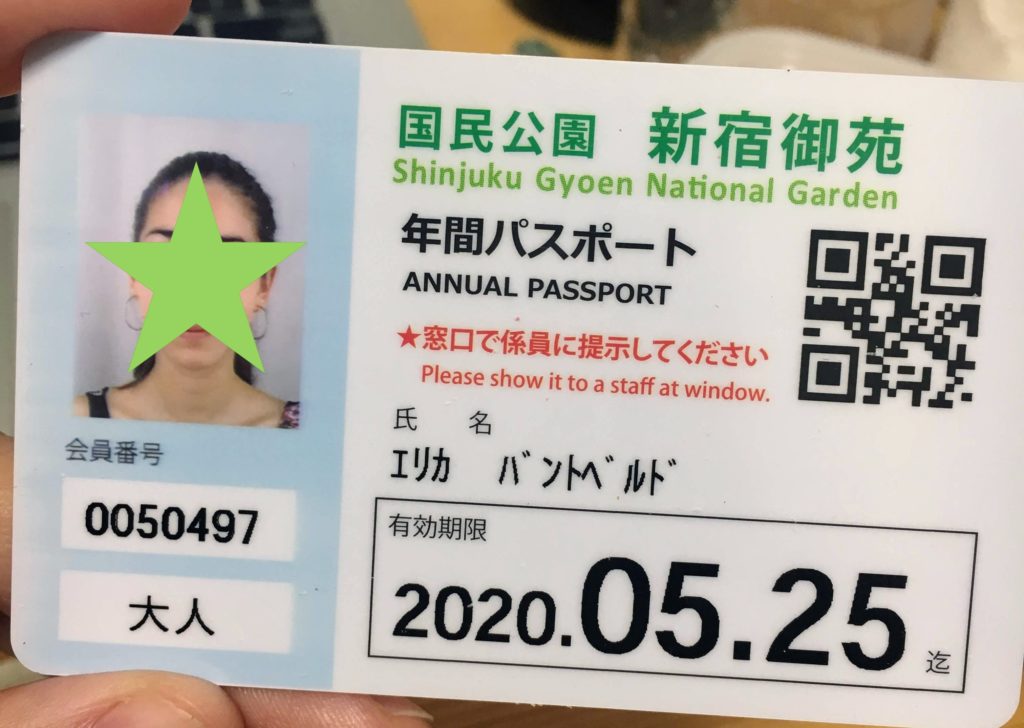
Opening Hours
From July 1st to August 20th, the Shinjuku Gyoen is open from 9:00am-6:30pm, with gates closing at 7:30pm.
Shinjuku Gyoen is closed on Mondays!
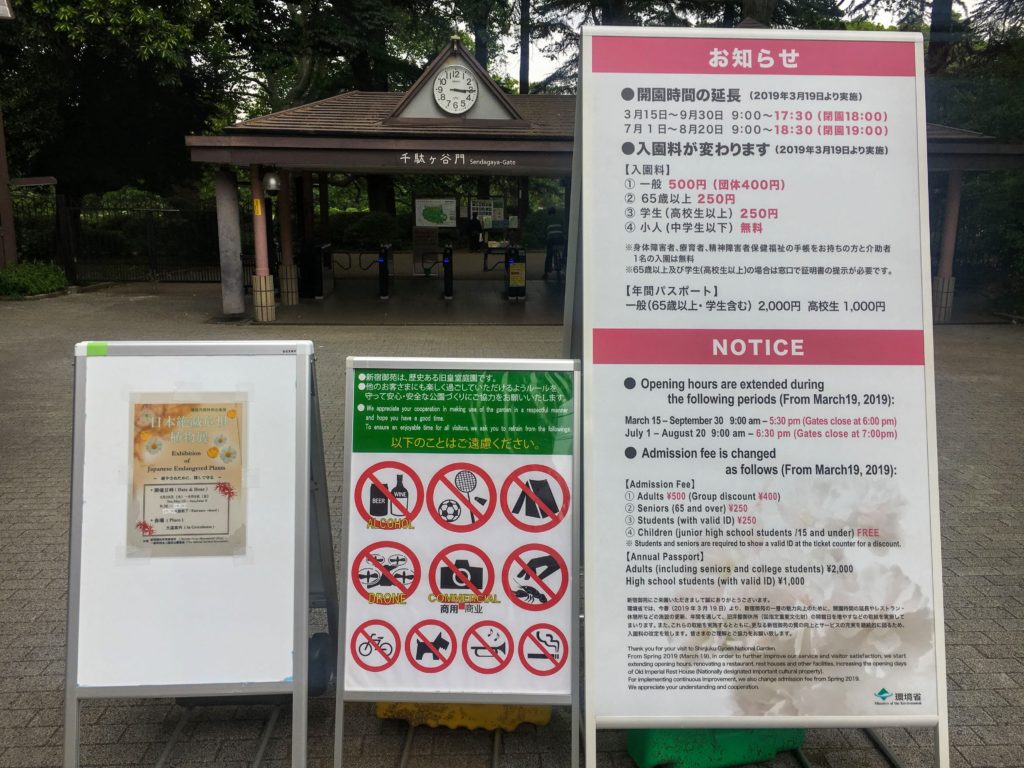
Park Facilities
- Bathrooms – lots of them! And they’re CLEAN!
- Water fountains
- Trash cans
- Many, many benches
- Rest buildings – Lots of picnic tables you can use. You can buy snacks, ice cream, and souvenirs from the store, or a drink from the vending machines. If you forgot a picnic mat, you can buy one here!
- Wide open grassy areas, tall trees giving shade
- Maps are available at every entrance in Japanese, English, Chinese, and Korean
- Coin Lockers
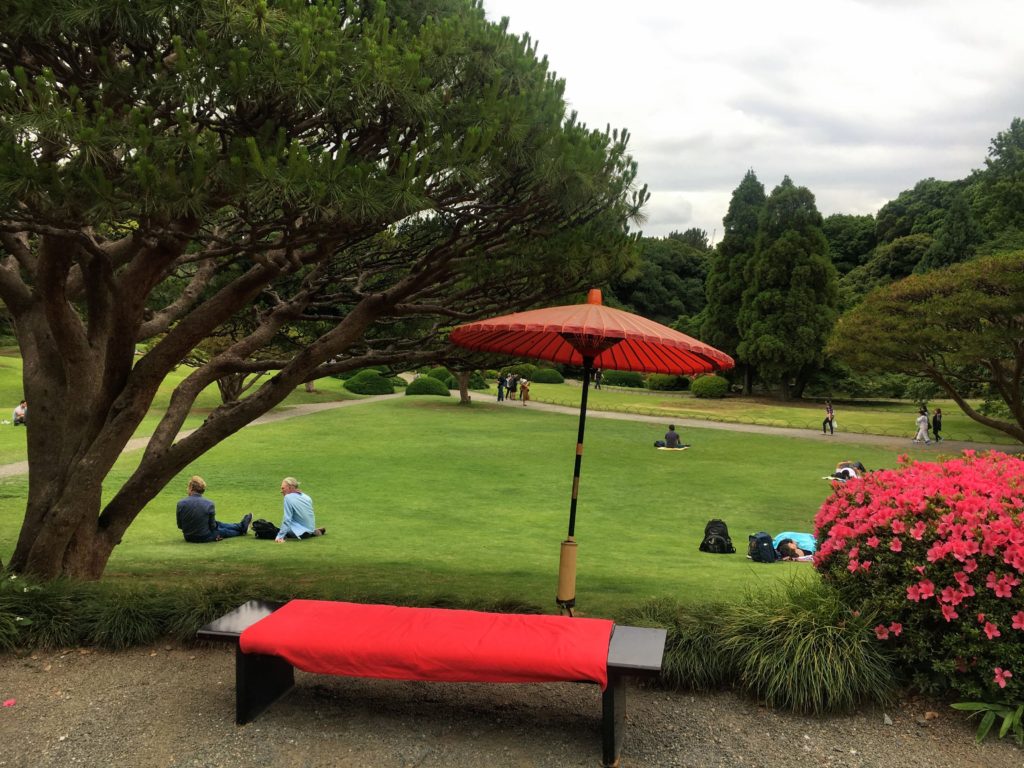
Rules of the Park
Because of Shinjuku Gyoen’s importance to the Imperial family, there are a few rules to the park that many seem a bit unusual. The overall rule is to just be respectful of the park and to others:
No dogs, No alcohol (but everything else is allowed for your own picnic!), No playing music, No smoking, No bicycles, No ball games/frisbee!
Shinjuku Gyoen Points of Interest
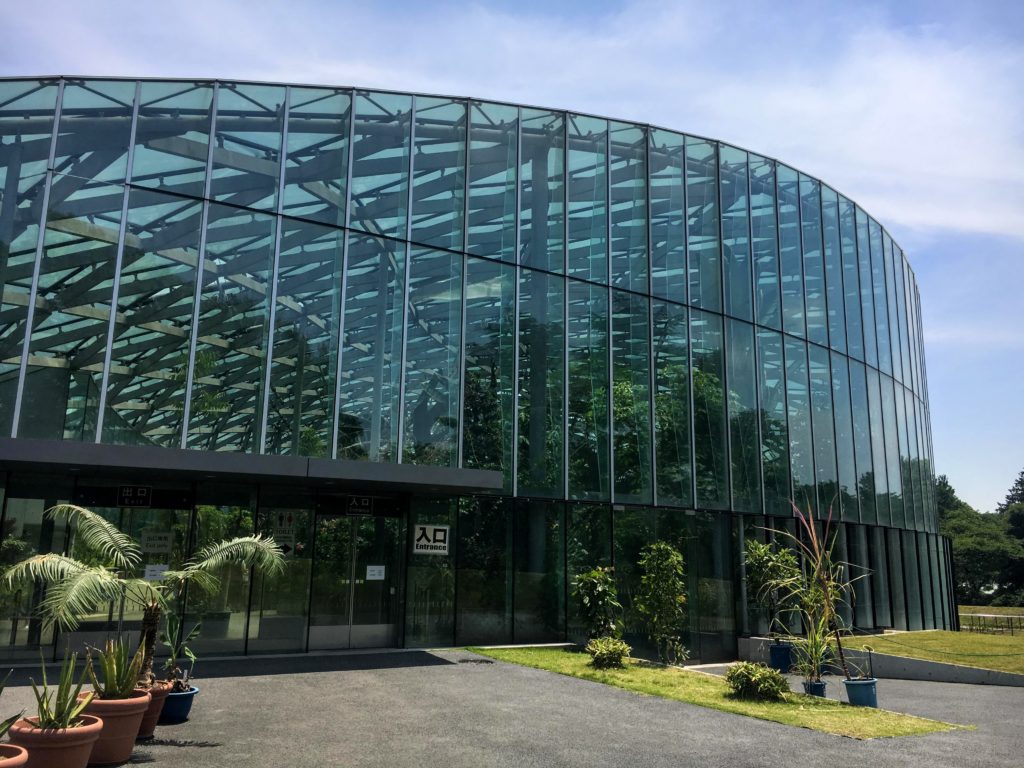
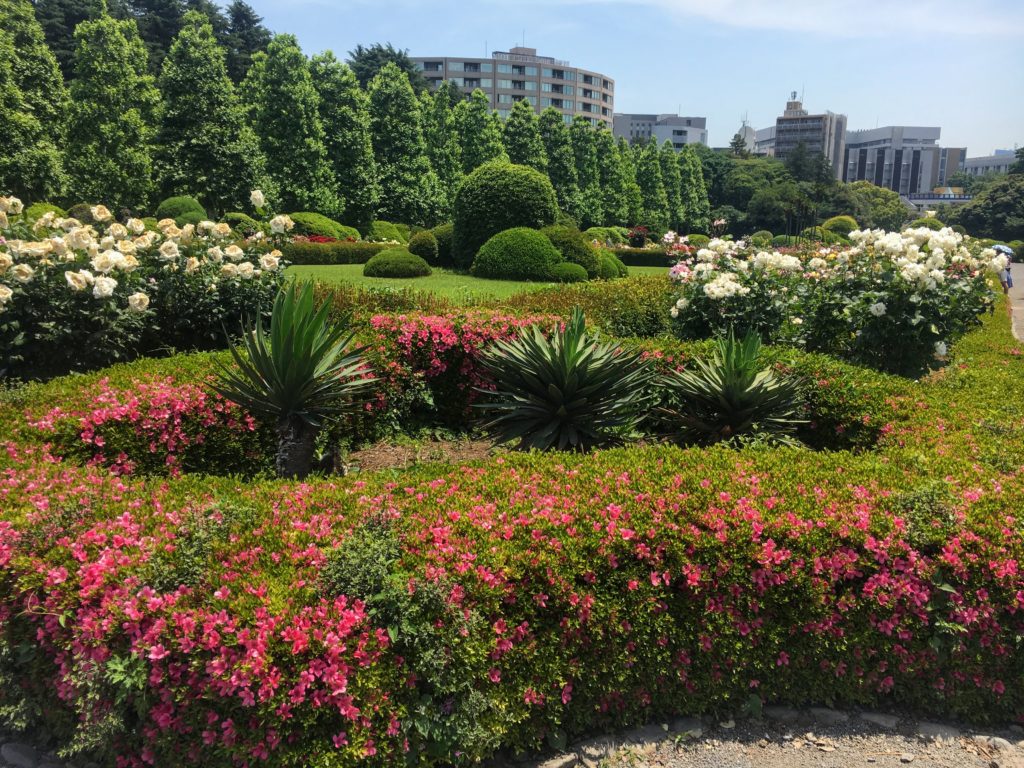
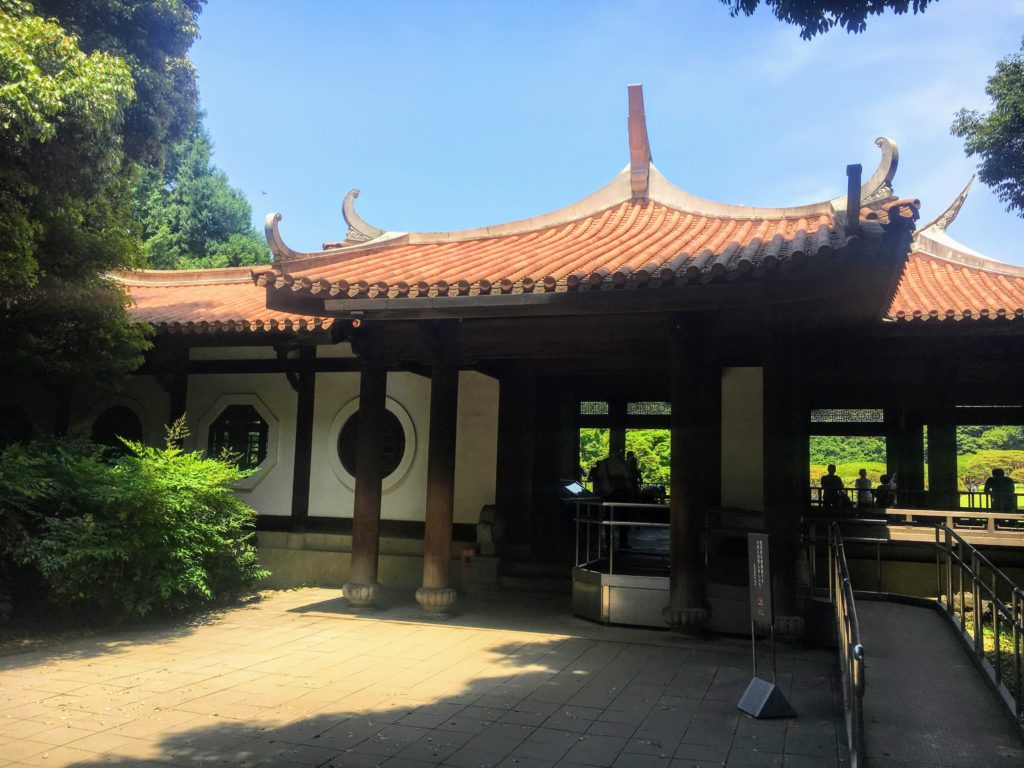
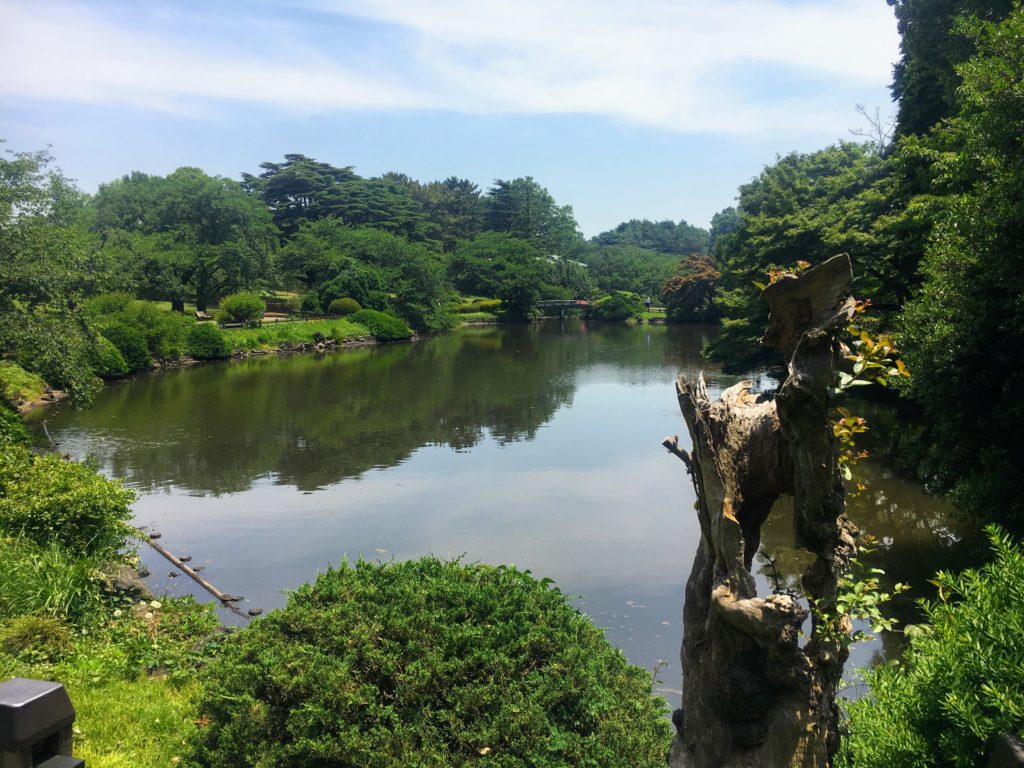
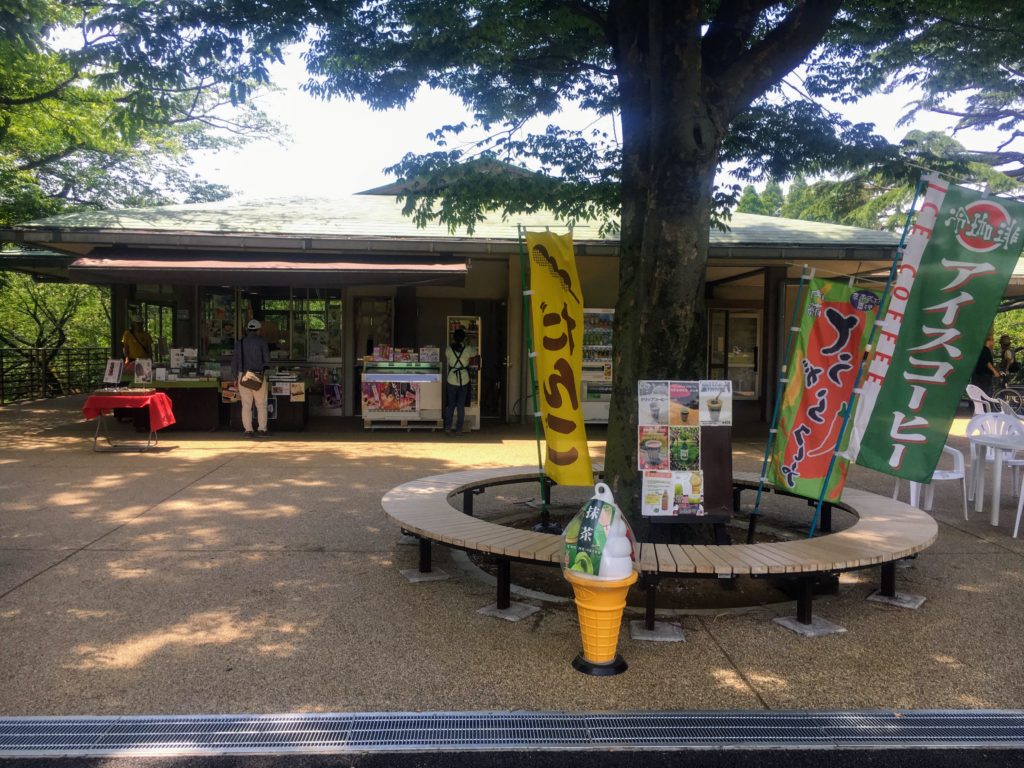
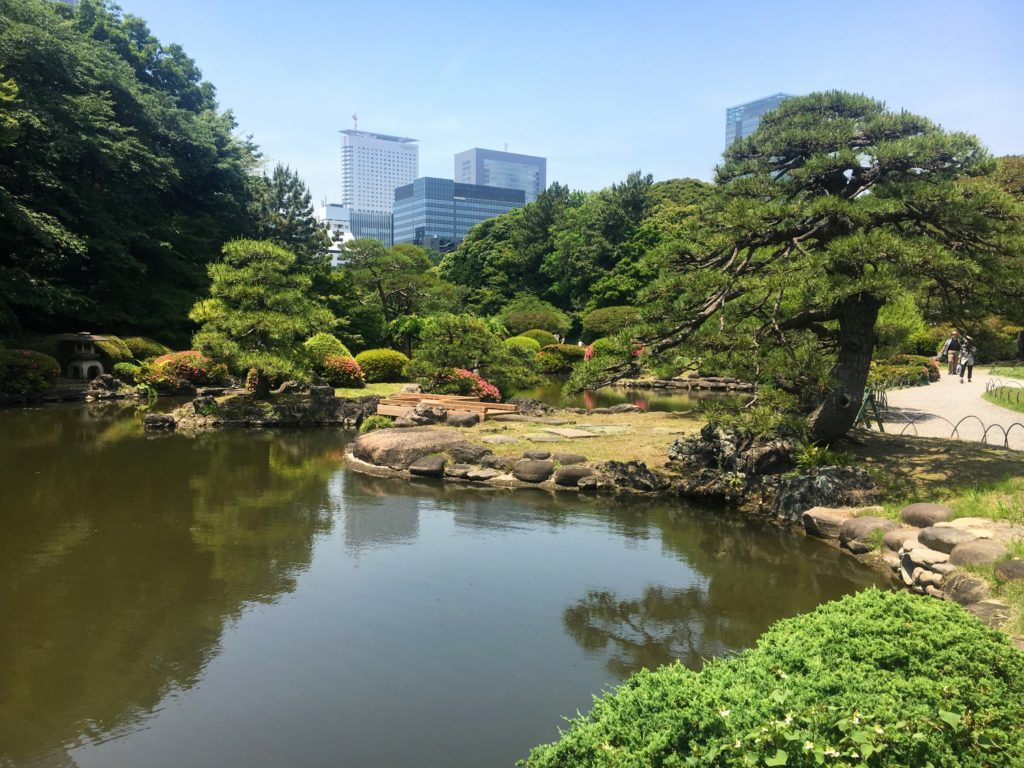
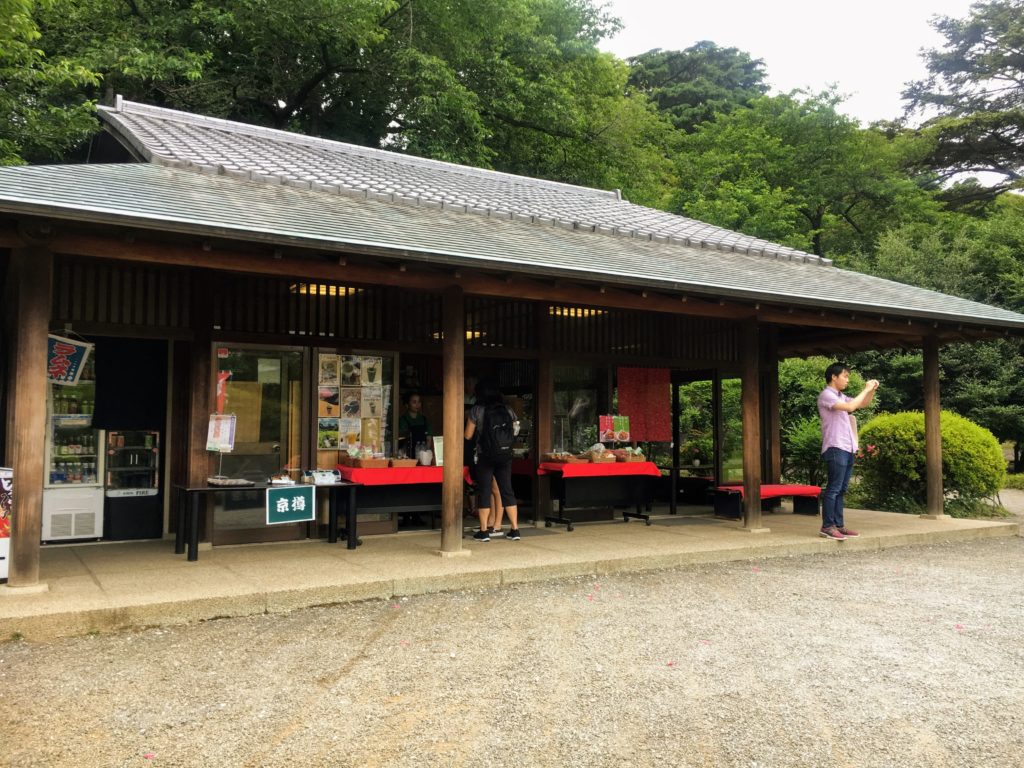
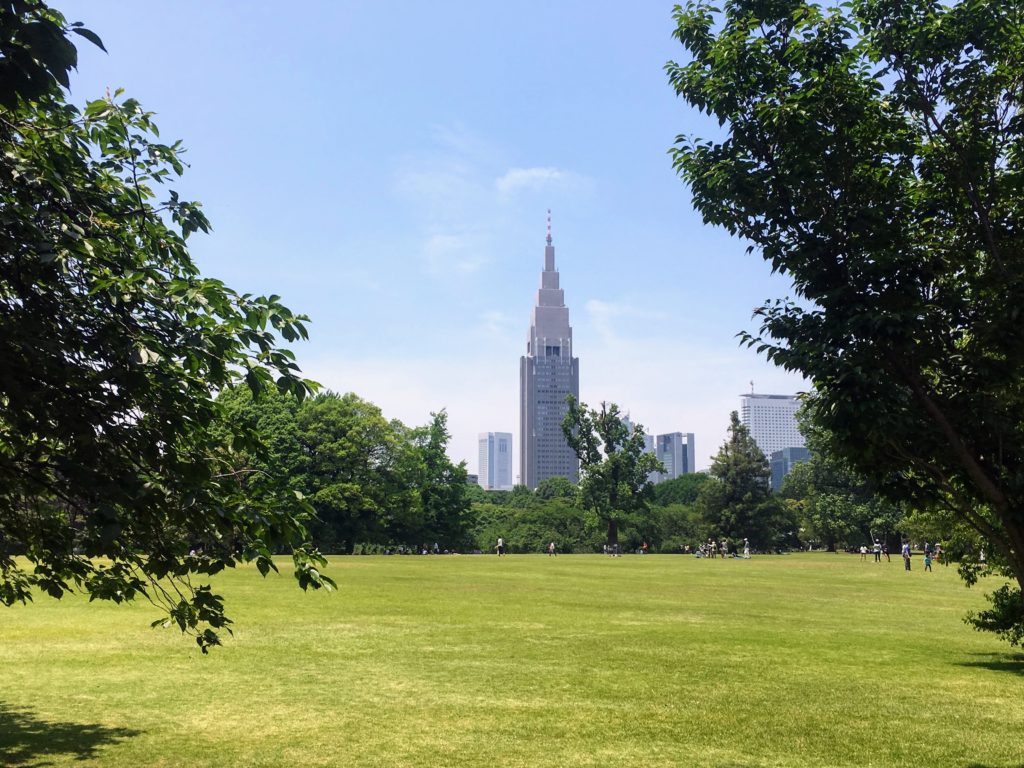
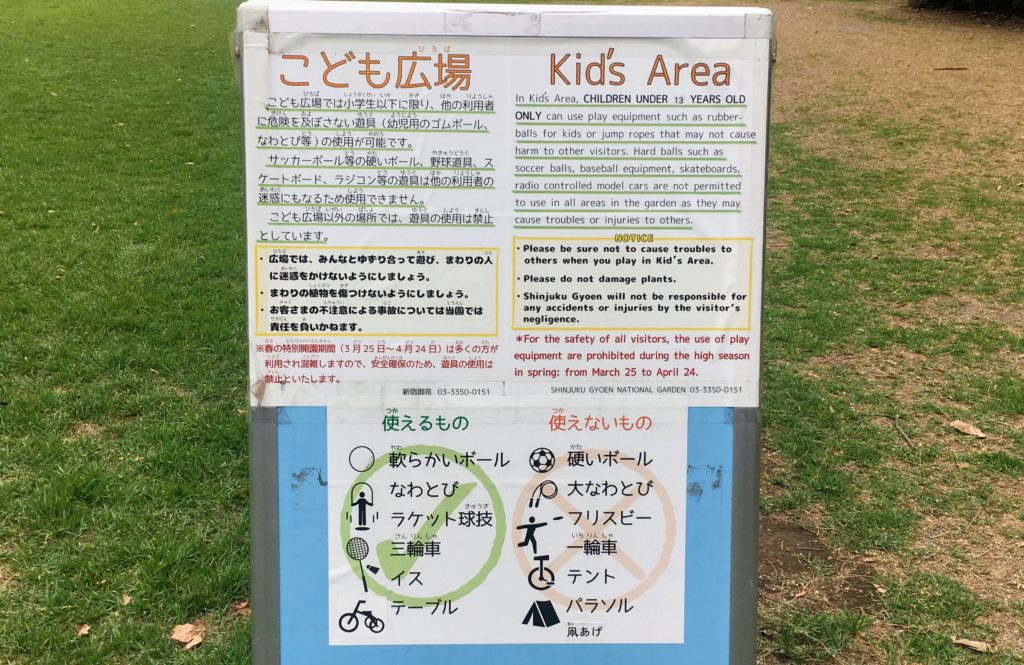
Visiting Shinjuku Gyoen during Sakura season
Beware the lines to get in to Shinjuku Gyoen during sakura season are truly outrageous. If you’re not a fan of crowds, it might be best to visit in the morning on a weekday, or visit in the off-season.
Visiting Shinjuku Gyoen? Pin this post!
